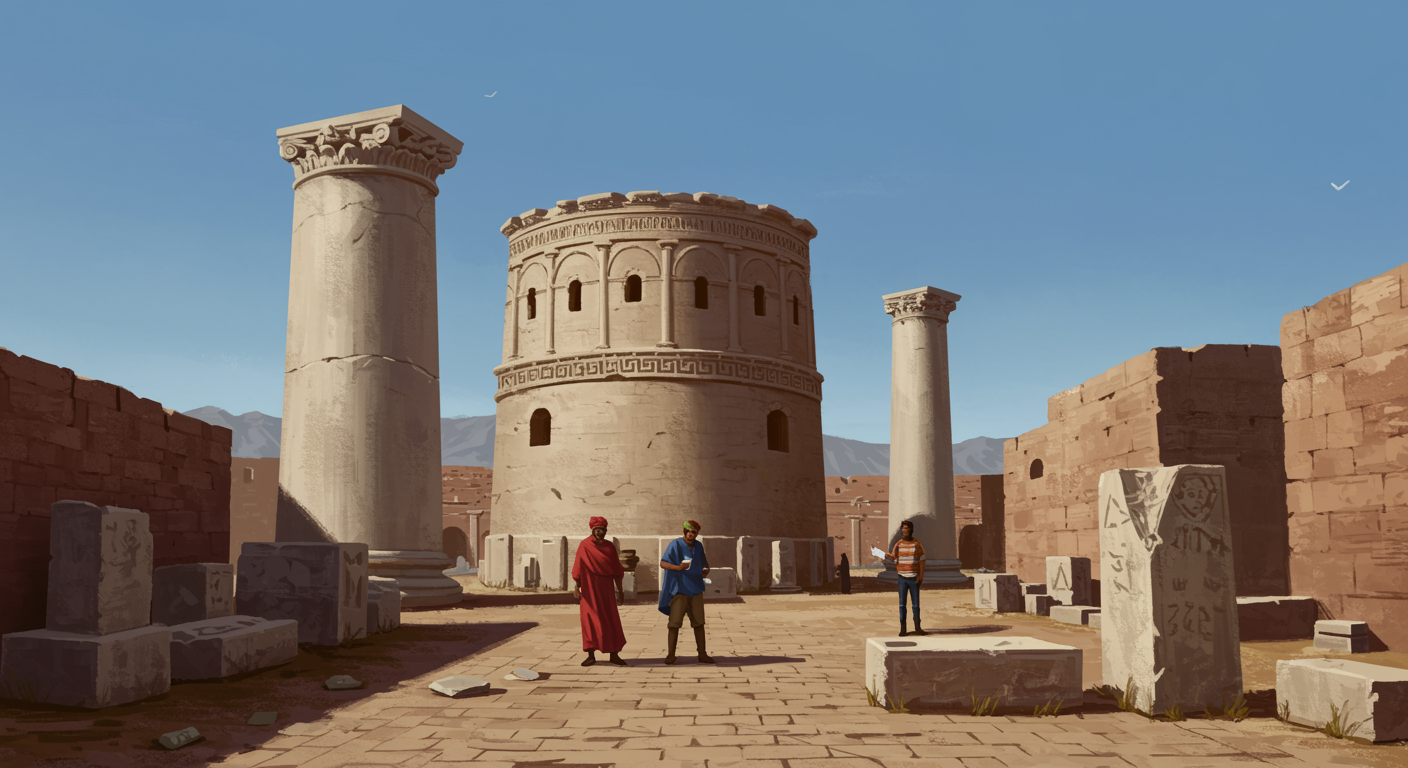
Across the vast landscape of what was once the Roman Empire, monumental structures stand as silent witnesses to a civilization’s enduring legacy. From the Pantheon’s massive dome to the intricate network of aqueducts, many of these architectural wonders have survived two millennia, often faring better than much newer constructions. For centuries, engineers and historians pondered the exceptional durability of Roman concrete, a material that seemed to defy the natural ravages of time.
While we knew the general recipe involved volcanic ash and lime, the precise mechanism behind its incredible longevity remained somewhat shrouded in the past. Modern concrete, for all its advancements, still succumbs to cracking and deterioration over time, often requiring costly repairs. So, how did the Romans build structures that not only endured but, as recent research suggests, possessed an uncanny ability to actively heal themselves?
The conventional understanding was that Roman concrete, known as opus caementicium, simply hardened over a very long period, becoming more resilient with age. Its key ingredient, pozzolana – a fine, dusty volcanic ash found near Pozzuoli, Italy – was known to react with lime and water to form robust binders. This was a critical improvement over simple lime mortars, offering greater strength and water resistance. However, the true depth of Roman ingenuity went beyond just strong initial binding.
A significant breakthrough came from examining ancient Roman concrete samples, notably those from the archaeological site of Privernum in Italy. Researchers discovered small, bright white mineral inclusions within the concrete, which were identified as pieces of lime, or calcium carbonate. For a long time, these were dismissed as simply poorly mixed ingredients or remnants of unreacted lime. However, careful analysis revealed a far more sophisticated purpose.
These lime inclusions were not merely accidental. The Roman engineers intentionally used quicklime (calcium oxide) in their mix, and critically, they mixed it hot. This process, known as “hot mixing,” allowed for a chemical reaction to occur at high temperatures. During this hot mixing, these specific lime clasts were formed, creating a distribution throughout the concrete structure. This hot mixing also enabled chemical interactions that would not be possible in traditional cold-mix recipes, fundamentally altering the material’s microstructure.
So, how did these specialized lime clasts contribute to self-repair? The mechanism is elegantly simple. When a crack forms in the concrete, perhaps due to stress or ground movement, water inevitably seeps in. This water then comes into contact with the high-surface-area lime clasts embedded within the matrix. The lime reacts with the water to form a calcium-rich solution. This solution, when exposed to air (specifically carbon dioxide), begins a process called carbonation, which causes calcium carbonate to re-crystallize. These new crystals effectively fill the crack, bonding the broken surfaces and preventing further damage or water ingress. It’s a natural, built-in repair system, akin to how our own bodies heal a cut.
This finding fundamentally shifts our perception of historical construction. It shows that Roman concrete wasn’t just a static, incredibly durable material; it was dynamic, capable of an intrinsic, active self-repair process. The engineers of this ancient civilization understood the chemistry of their materials in ways that are only now being fully appreciated through modern scientific methods. This ability allowed their structures to shrug off minor damage and resist environmental degradation for centuries, without human intervention.
The implications of this historical discovery extend far beyond merely admiring ancient engineering. As the world grapples with the need for more sustainable and durable infrastructure, the lessons from Roman concrete are invaluable. Modern concrete still accounts for a significant portion of global industrial carbon emissions. By understanding and potentially replicating these self-healing mechanisms, we could develop new, longer-lasting materials that require less maintenance and have a reduced environmental footprint. The ancient past, in this case, offers a compelling blueprint for future innovation.